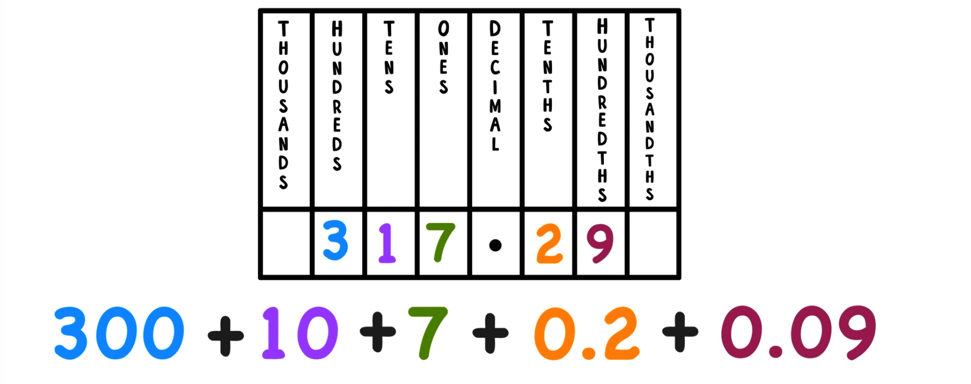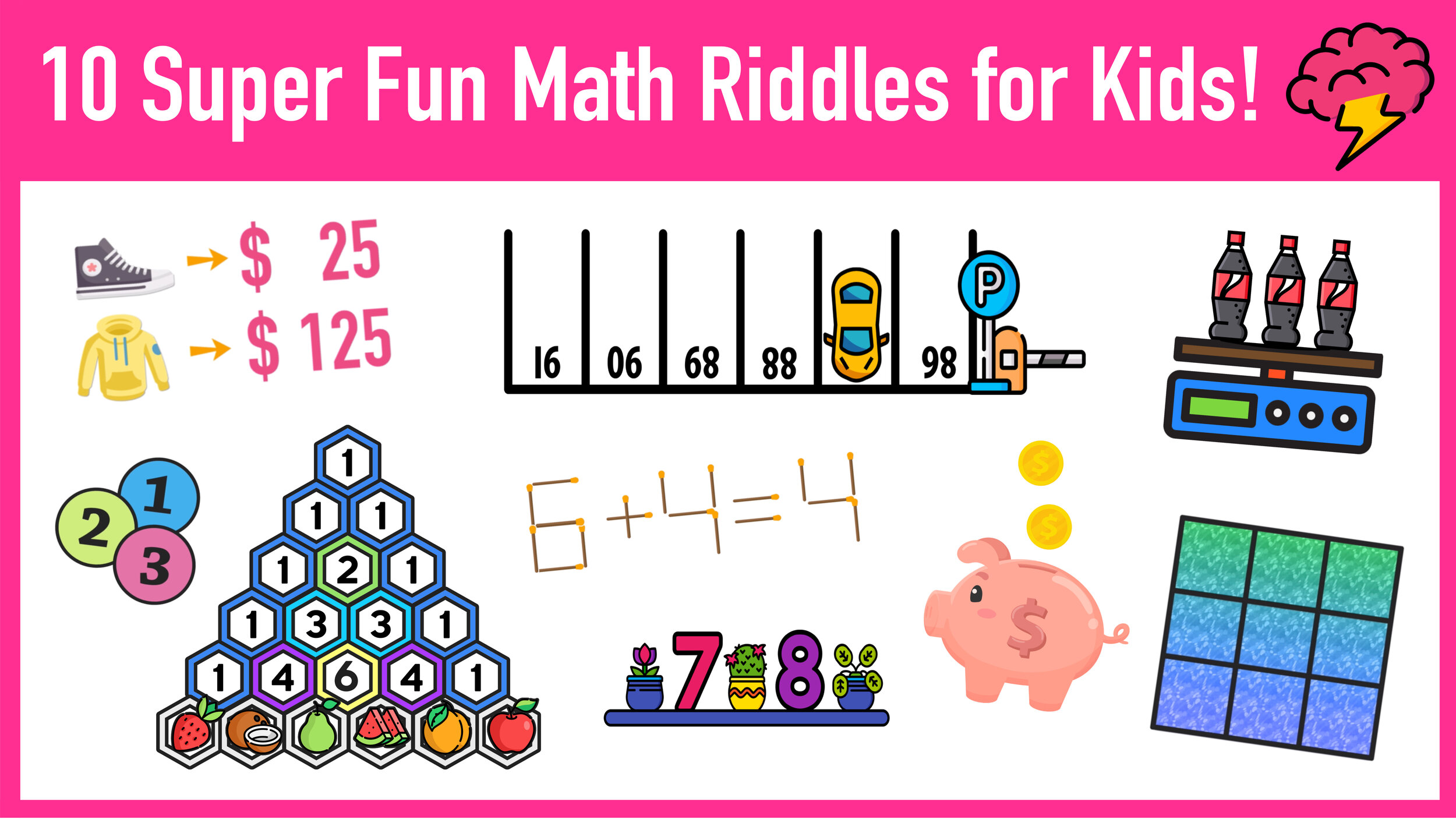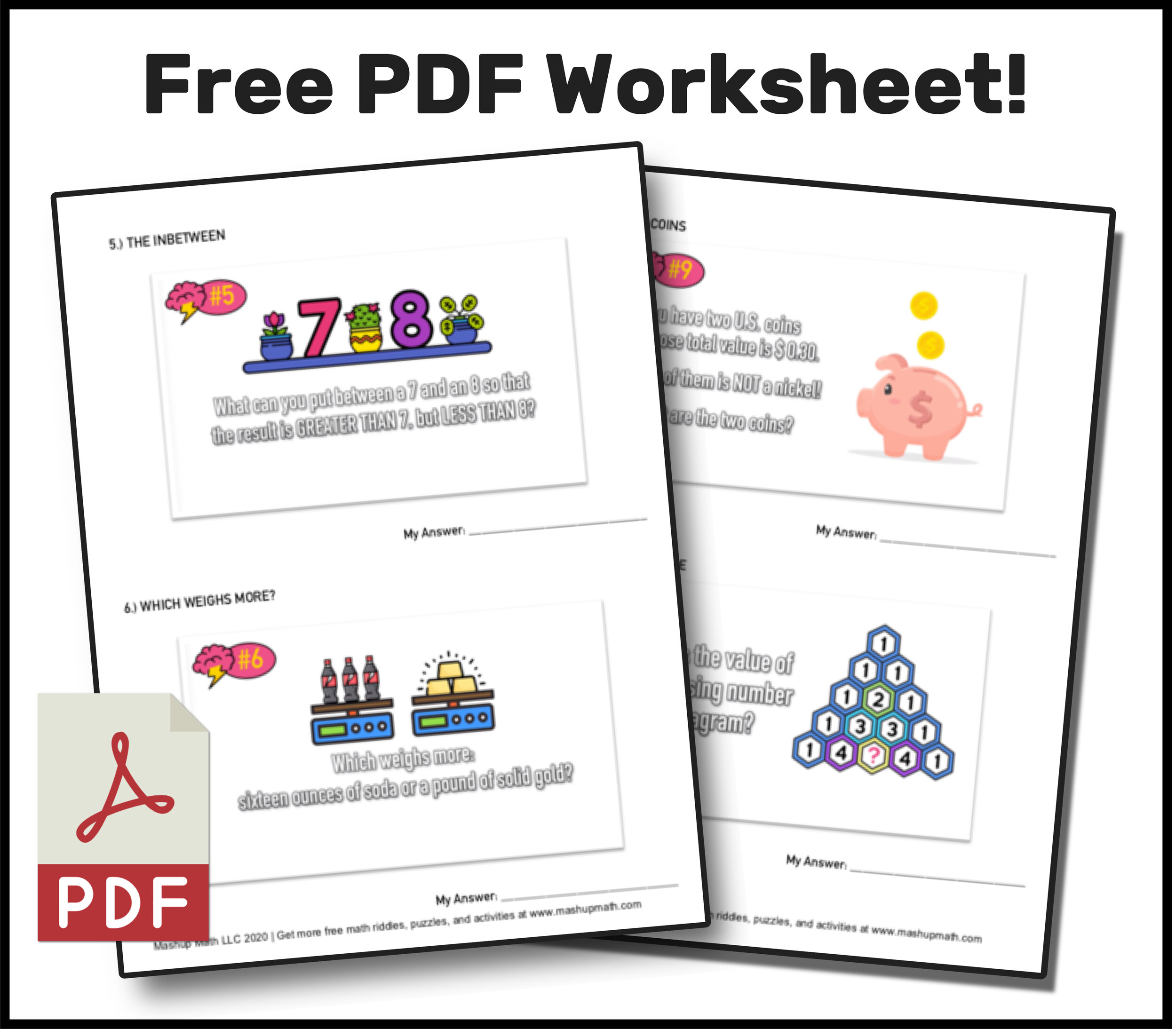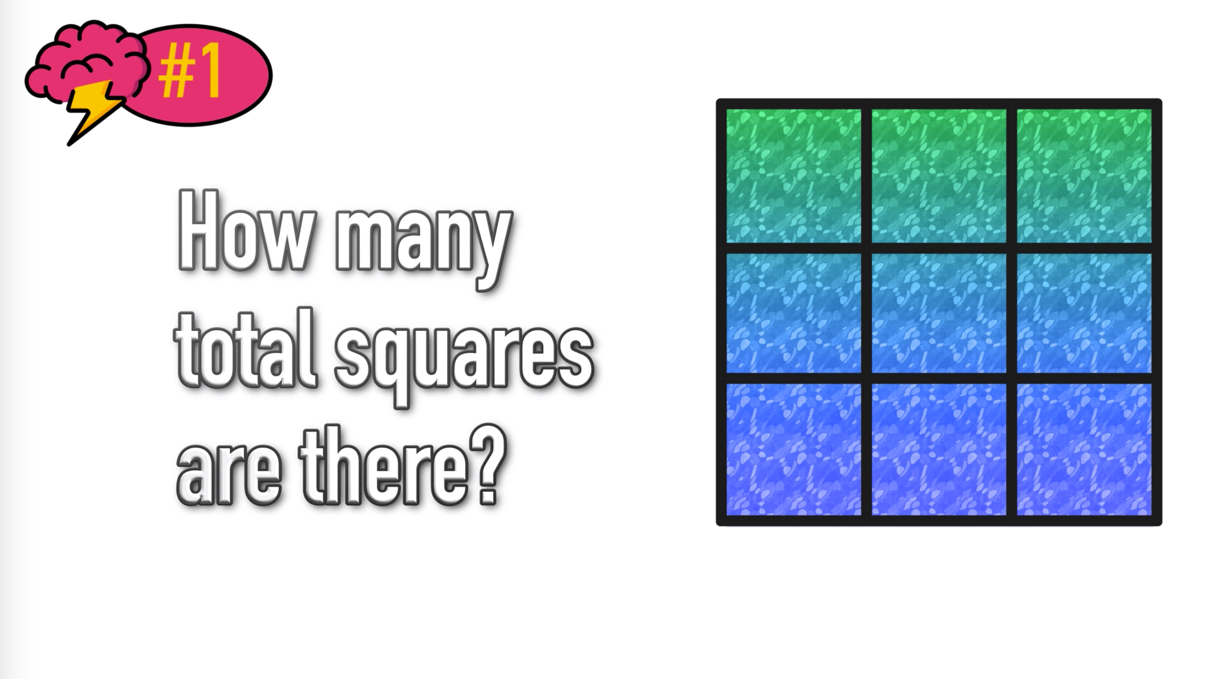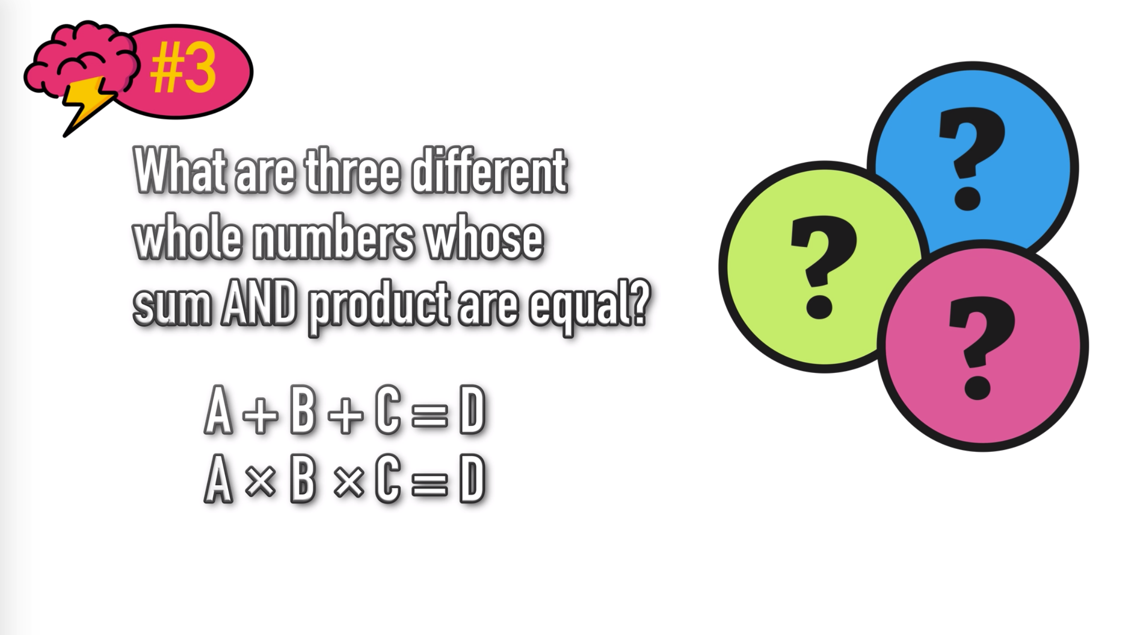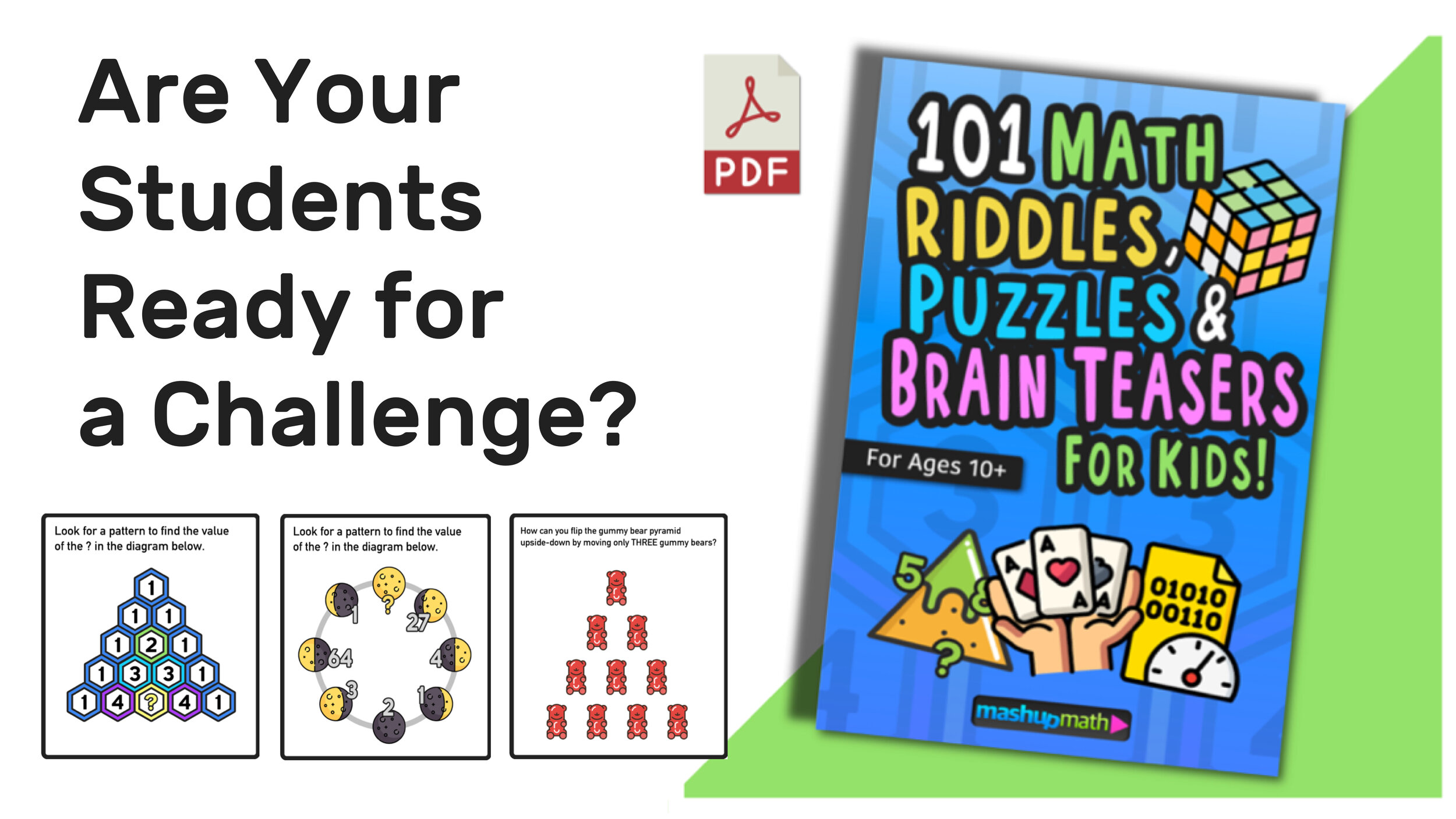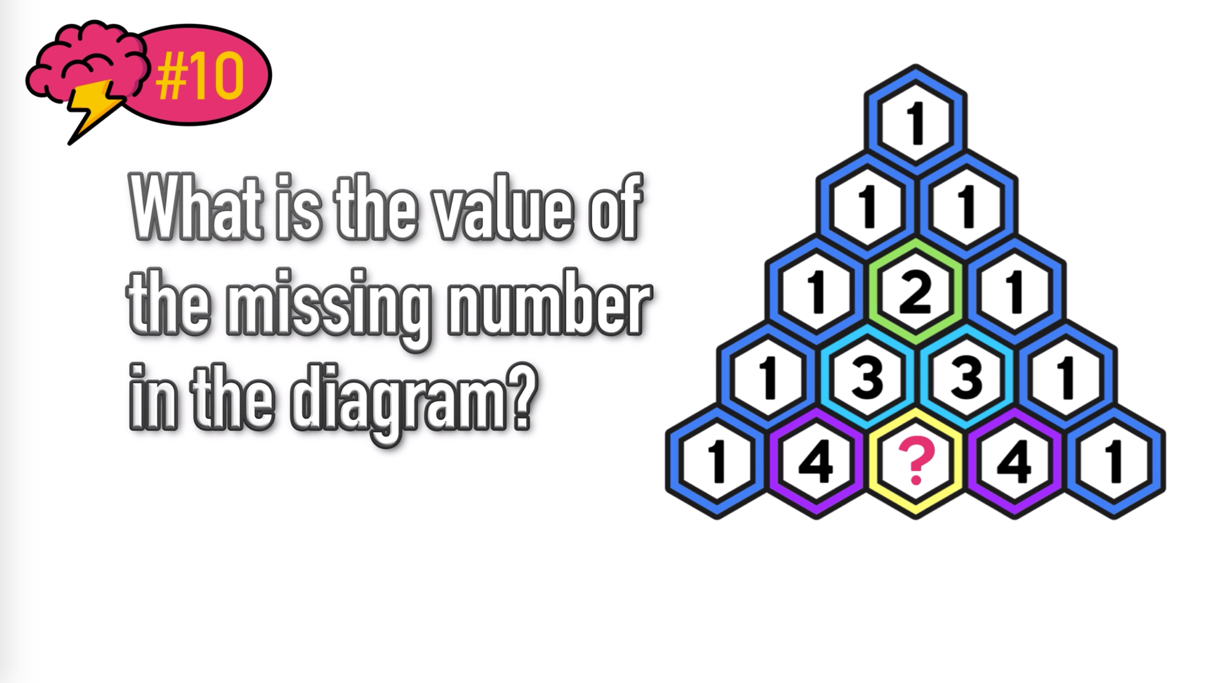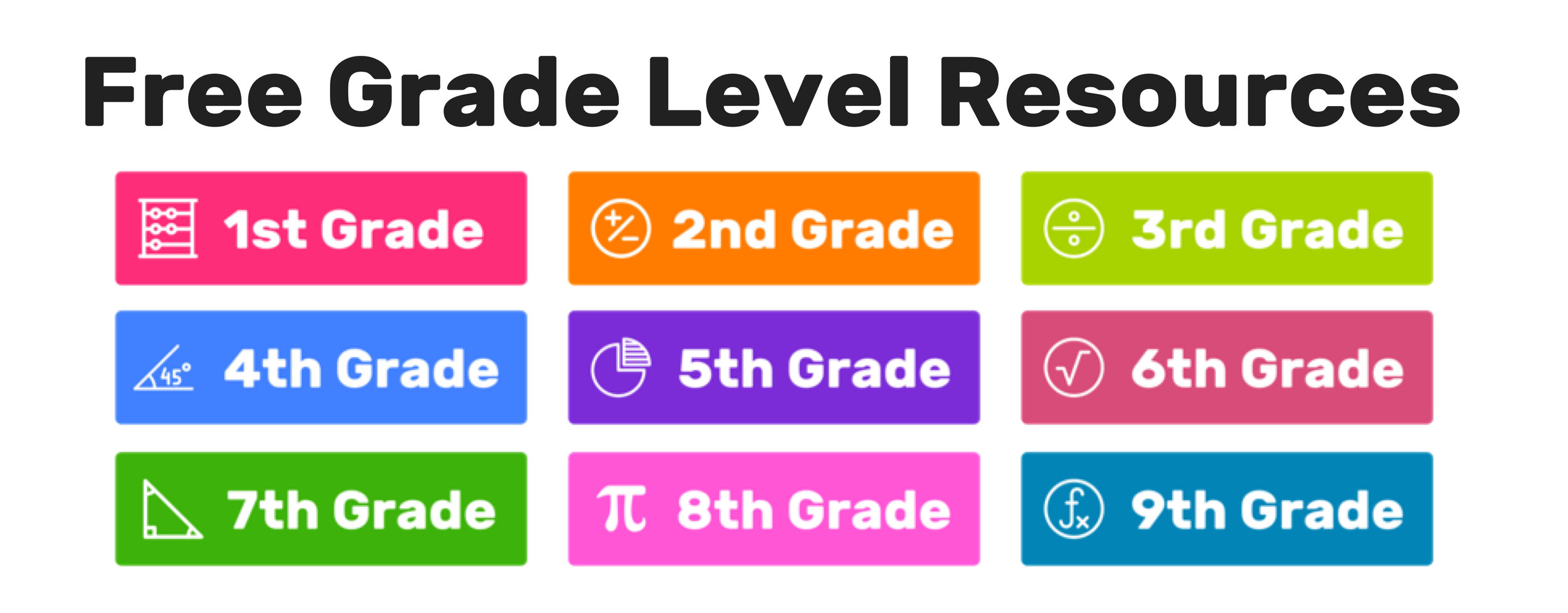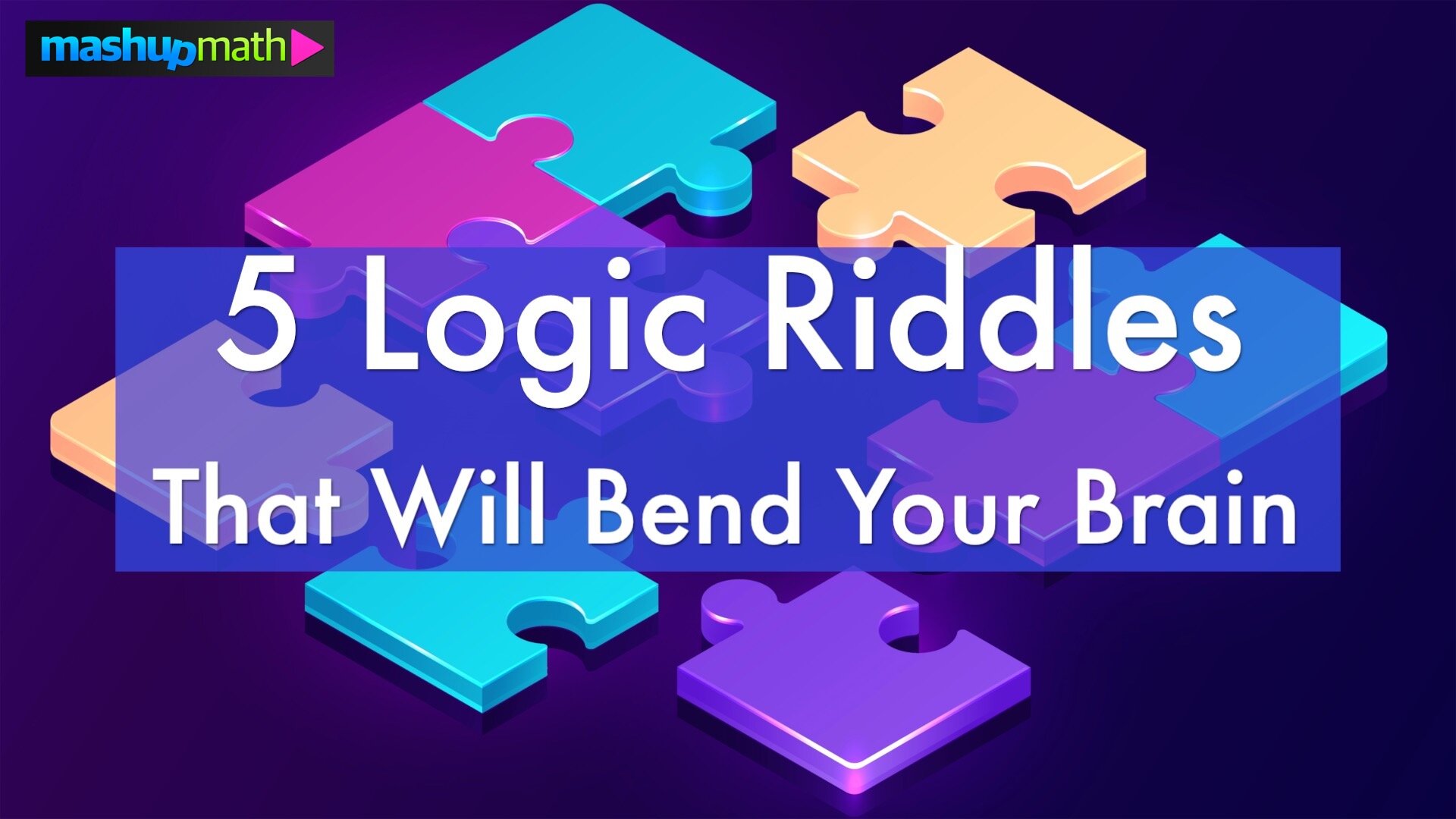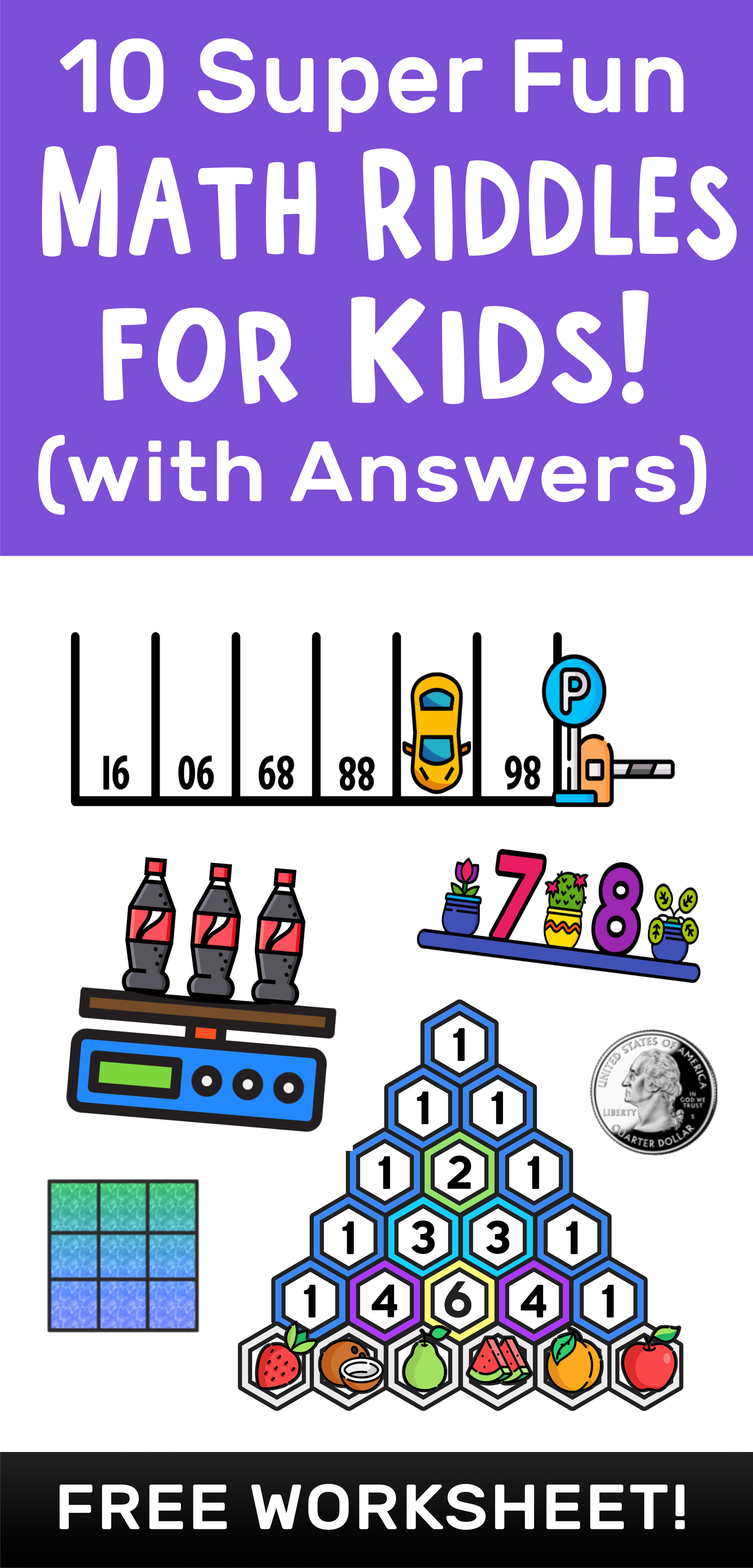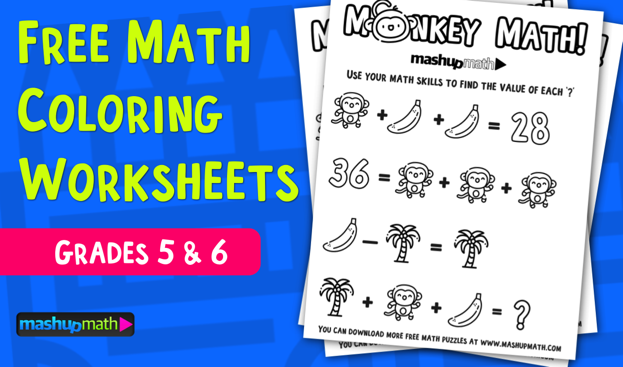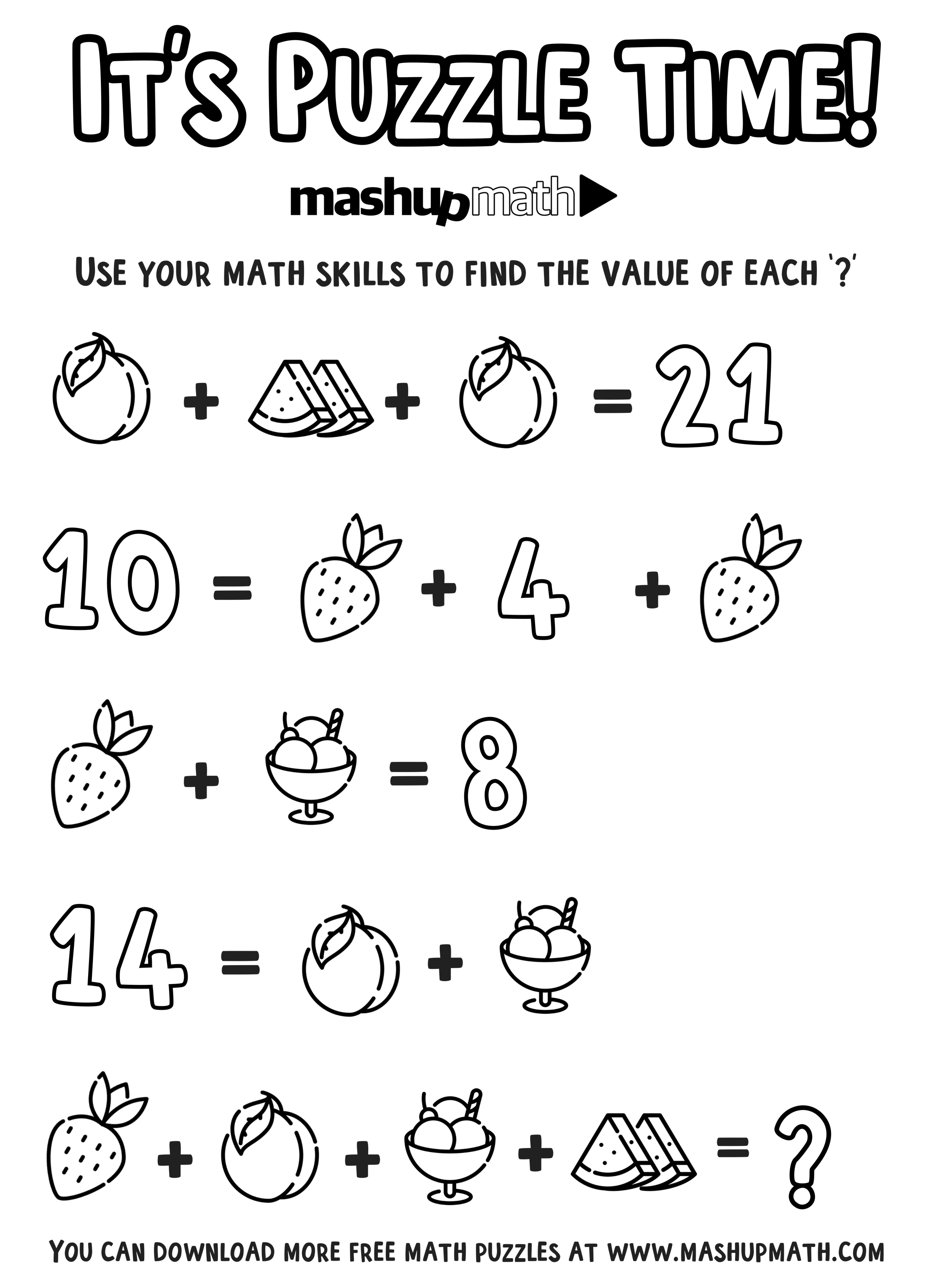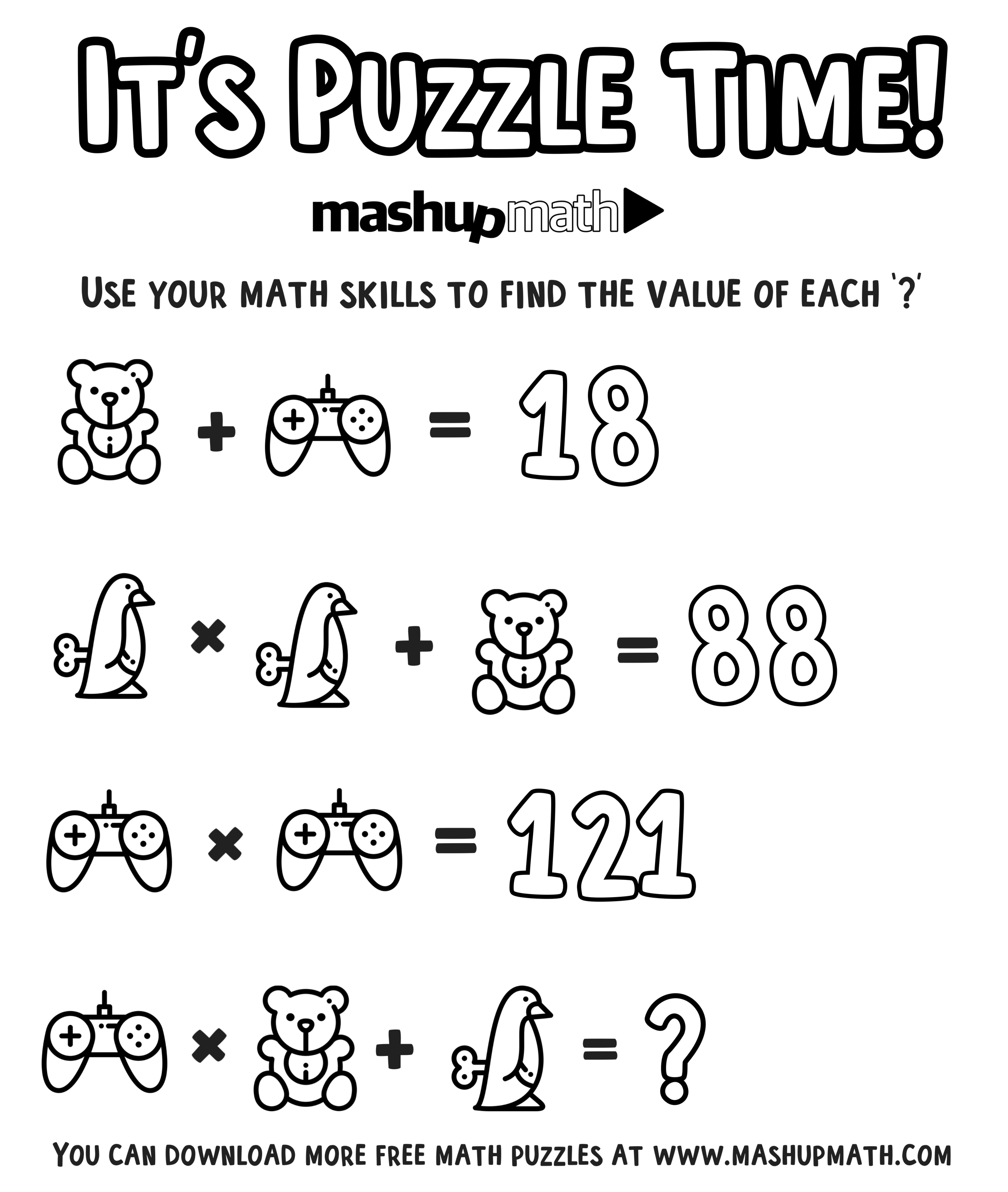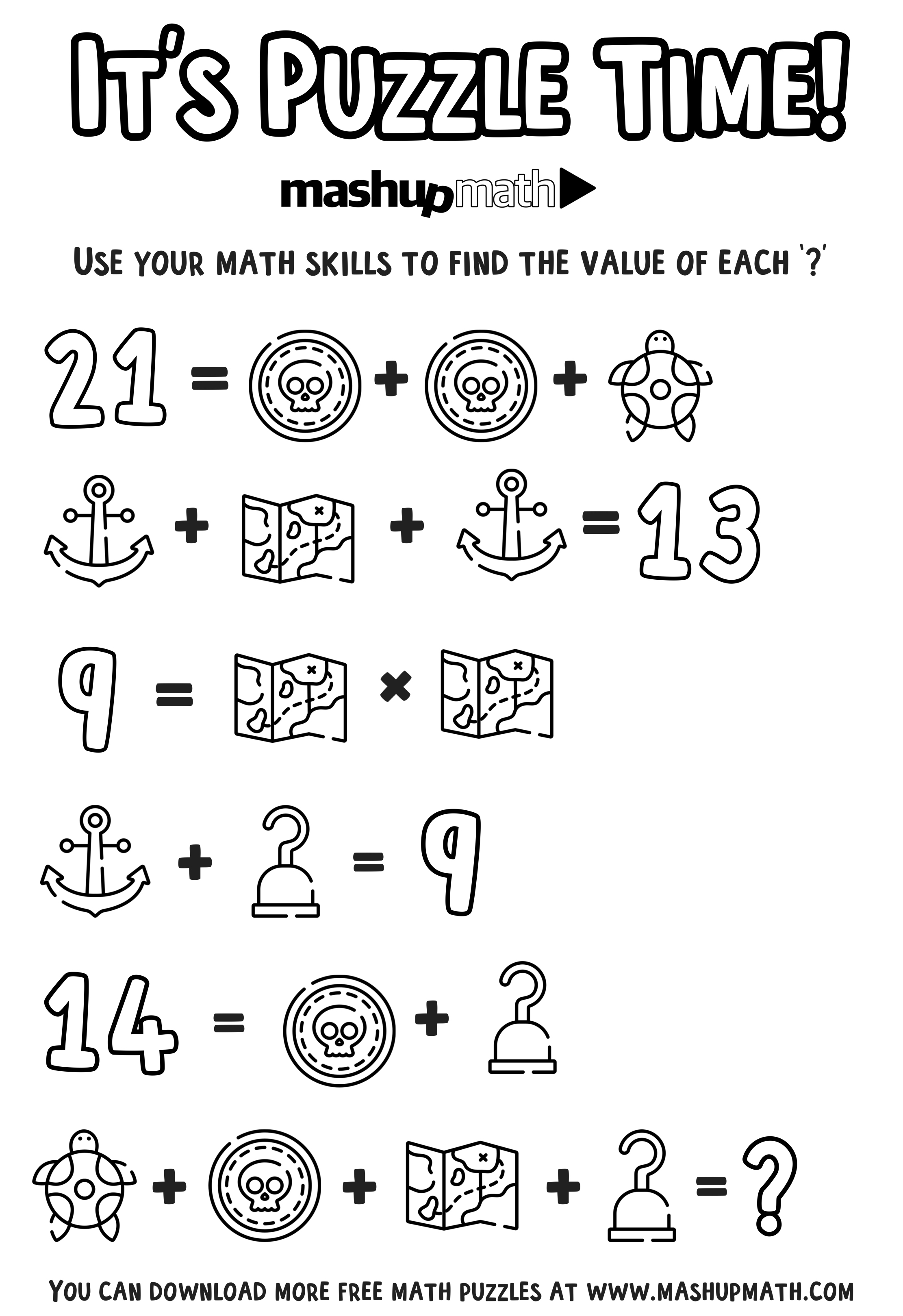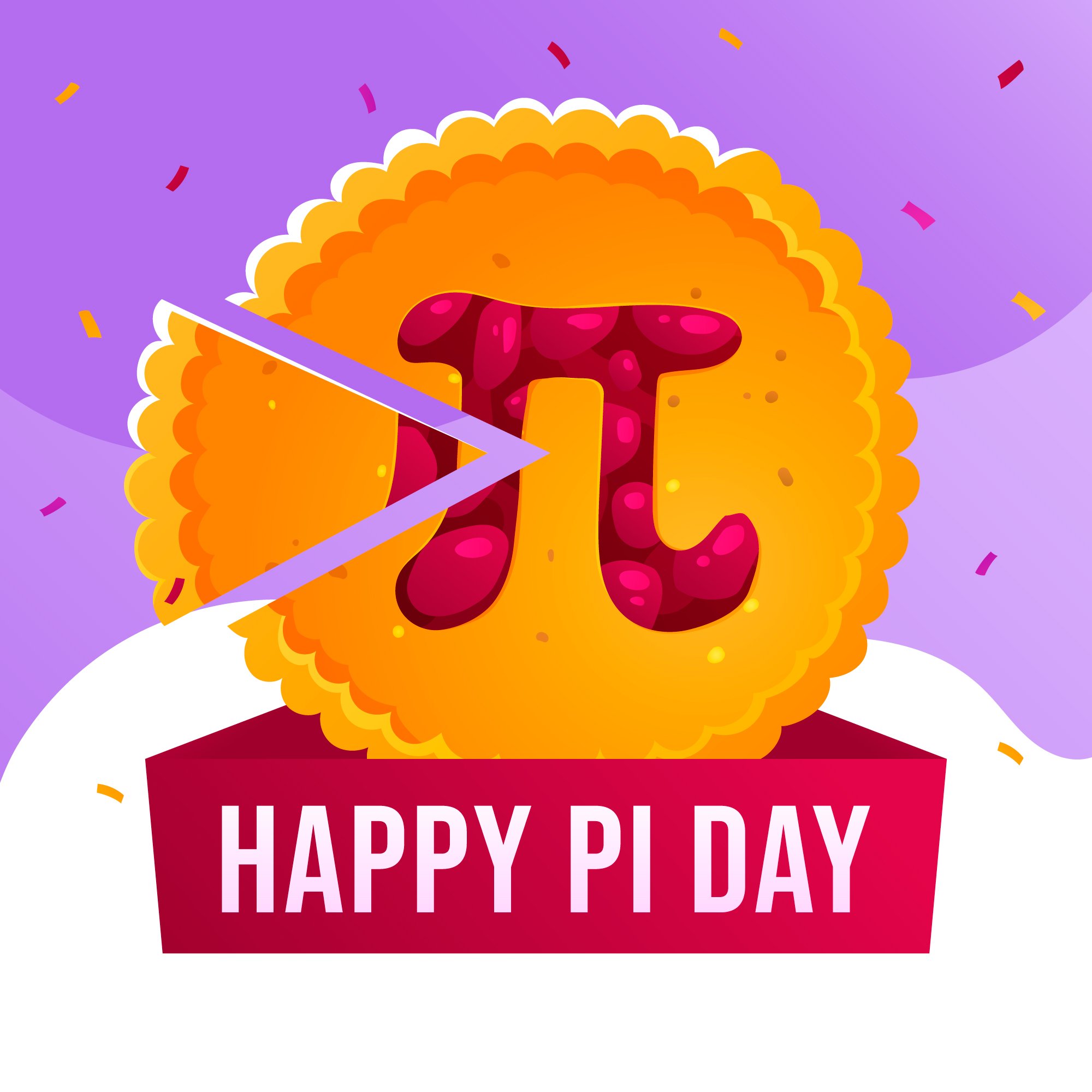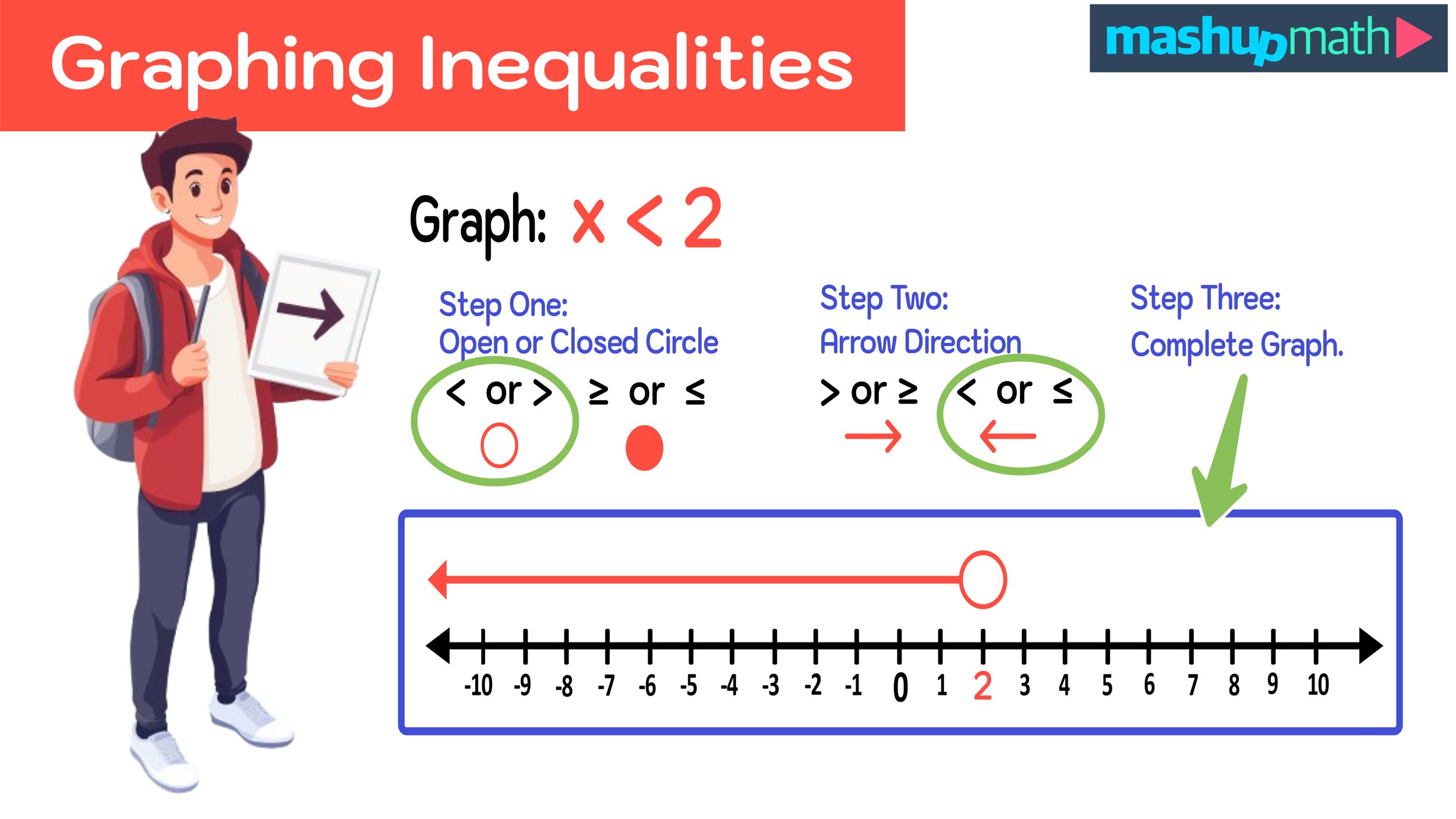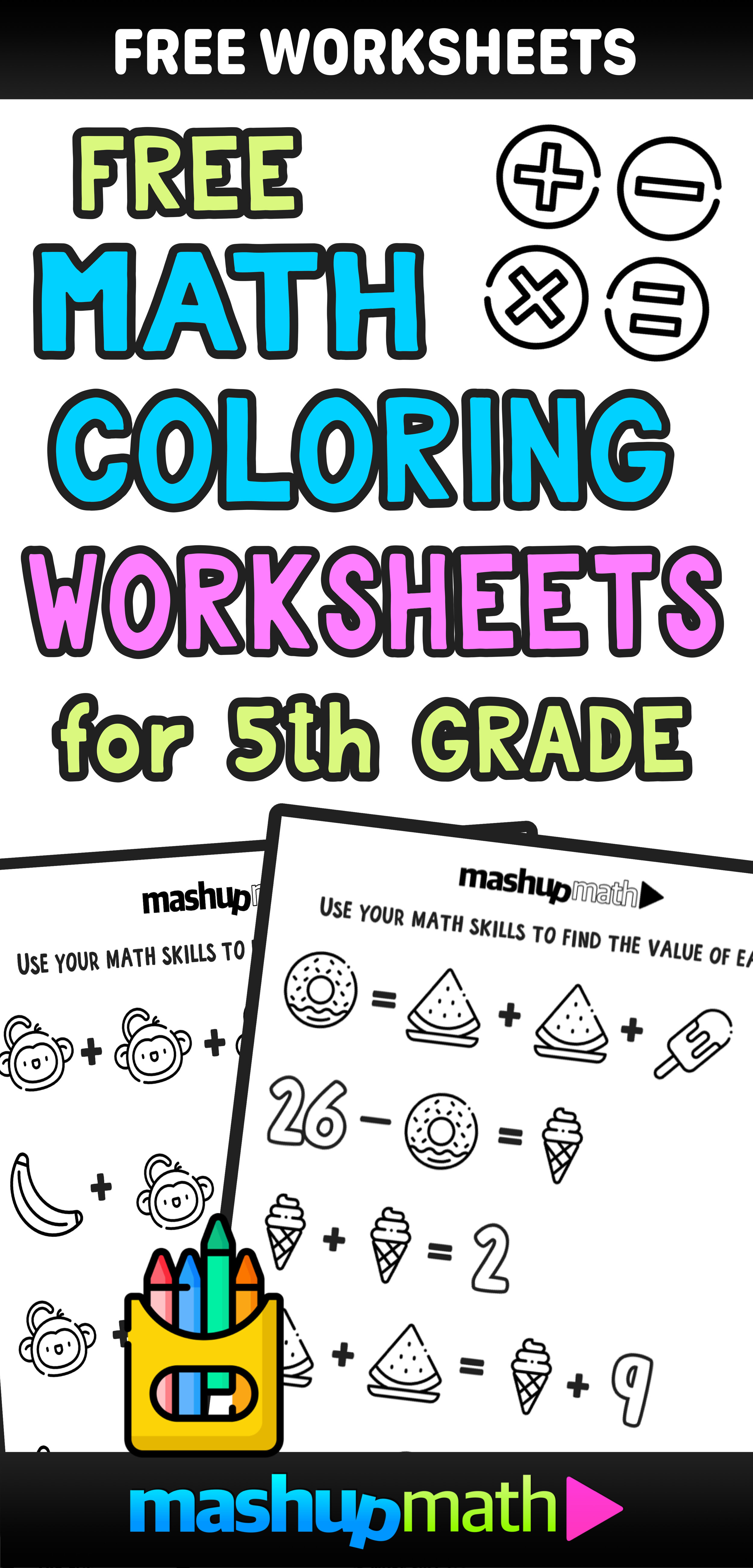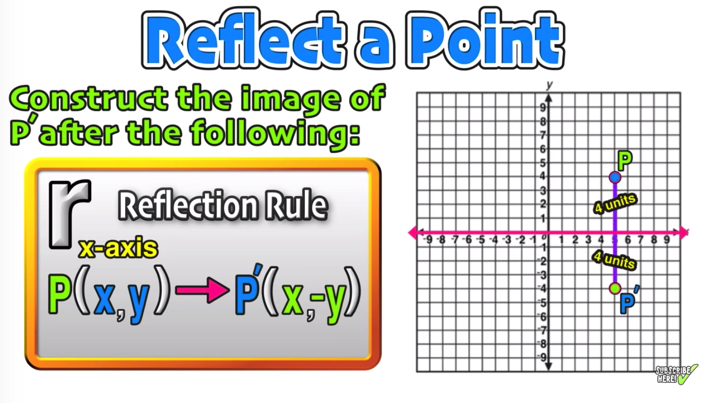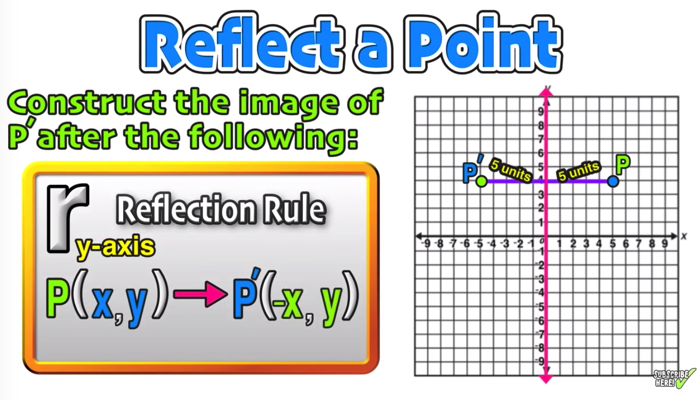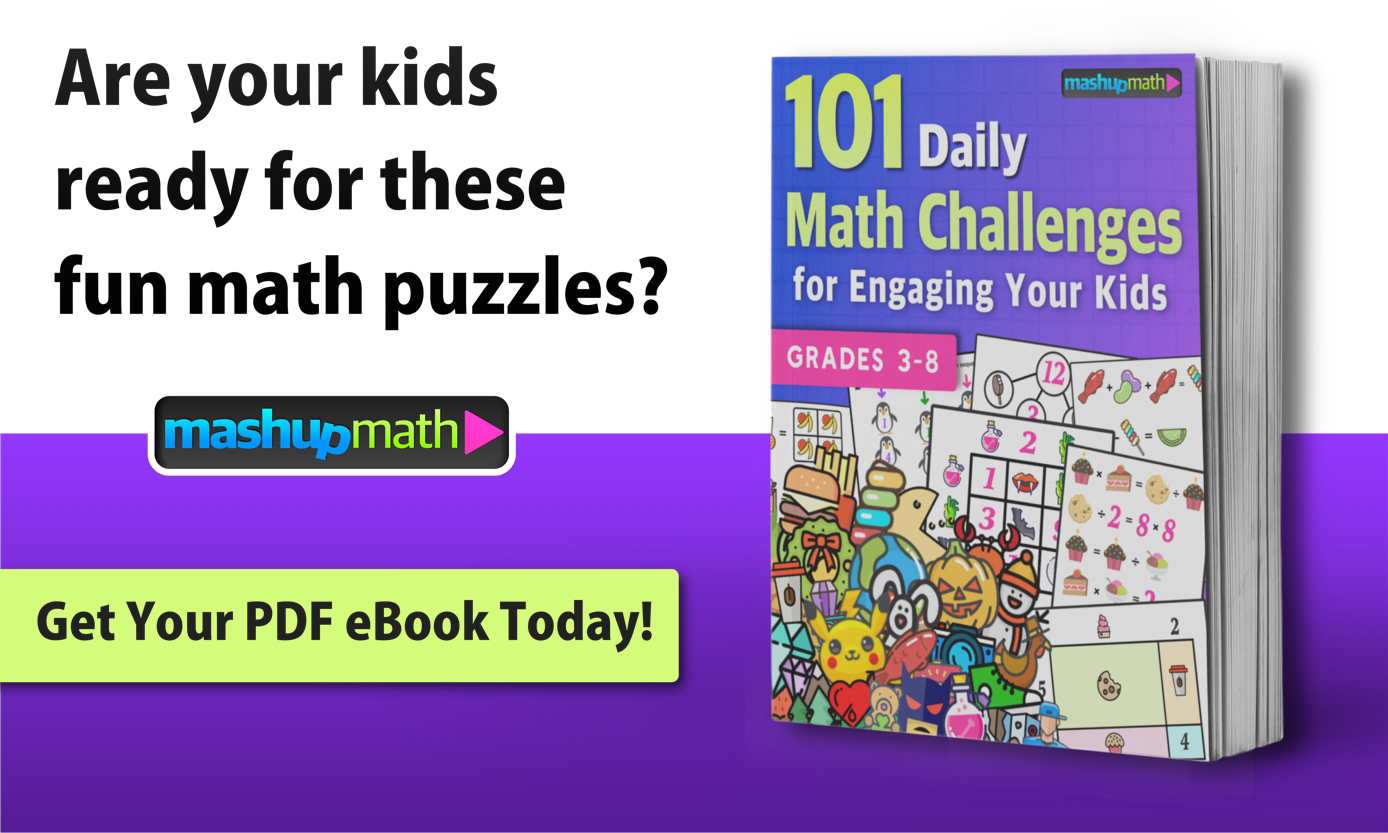Writing Numbers in Expanded Form (with Decimals)
When you write a number in expanded form (also known as expanded notation), you are expressing the number separated into its composite individual place values (and decimal values if necessary) in the form of an expression.
An easy way of thinking about writing numbers in expanded form is taking apart a number into its specific place values. The place value chart below is a good review of the value of each number slot.
Conversely, writing a number in standard form (or numeric form) is the opposite or reverse of writing a number in expanded form.
Click here to download this chart as an easy-to-print PDF file.
Writing a Number in Expanded Form Example
Example: Write 8,743 in expanded form
8,743 = 8,000 + 700 + 40 + 3
Note how the use of a place value chart can help you write numbers in expanded form.
Writing a Number in Expanded Form with Decimals Example
Example: Write 317.29 in expanded form.
317.29 = 300 + 10 + 7 + 0.2 + 0.09
This strategy applies to all problems that require you to read or write numbers in expanded form.
Check out the free video lesson below to learn more about how to write numbers in standard form with decimals and without.
Share your ideas, questions, and comments below!
(Never miss a Mashup Math blog--click here to get our weekly newsletter!)
By Anthony Persico
Anthony is the content crafter and head educator for YouTube's MashUp Math . You can often find me happily developing animated math lessons to share on my YouTube channel . Or spending way too much time at the gym or playing on my phone.






